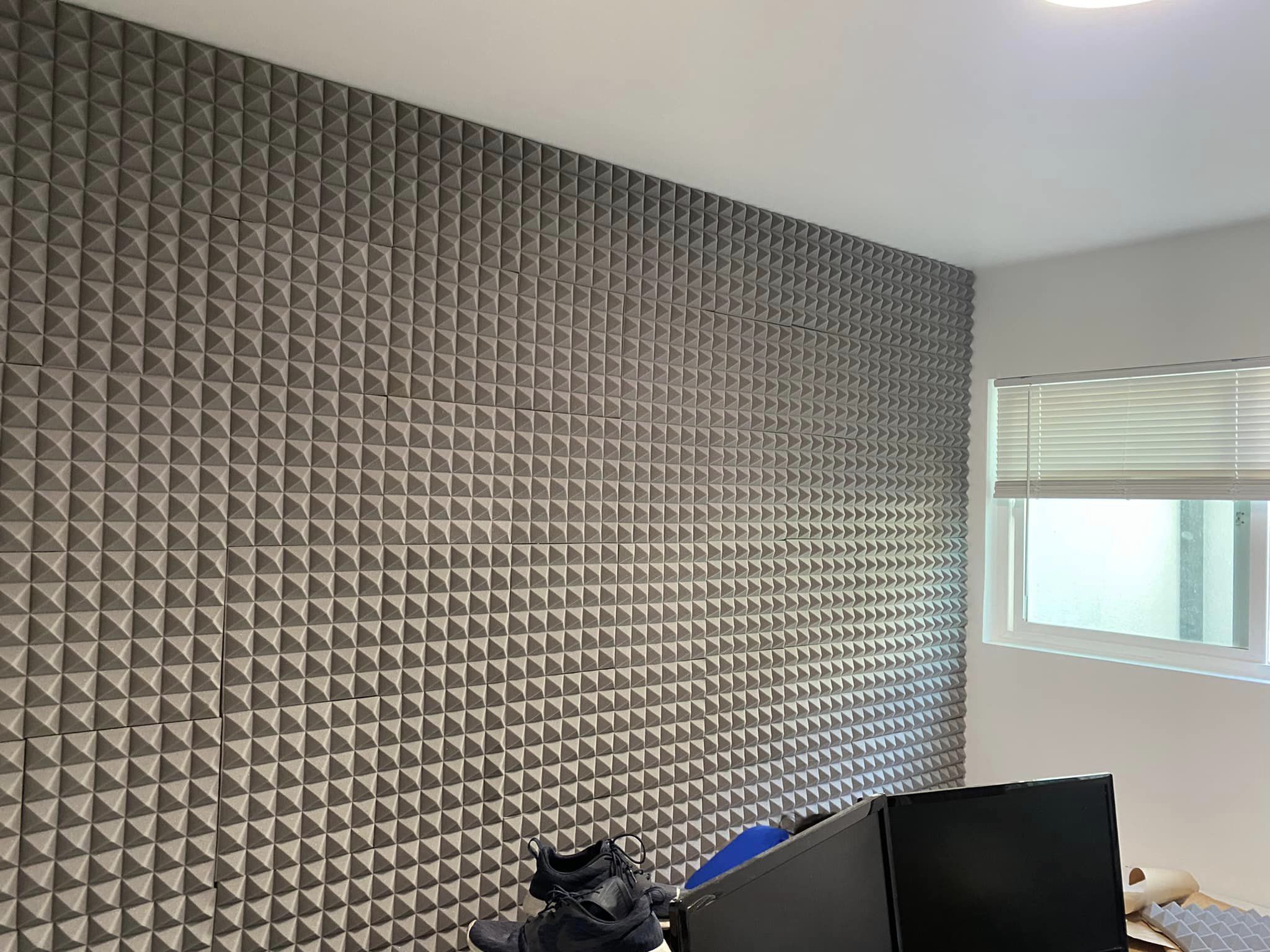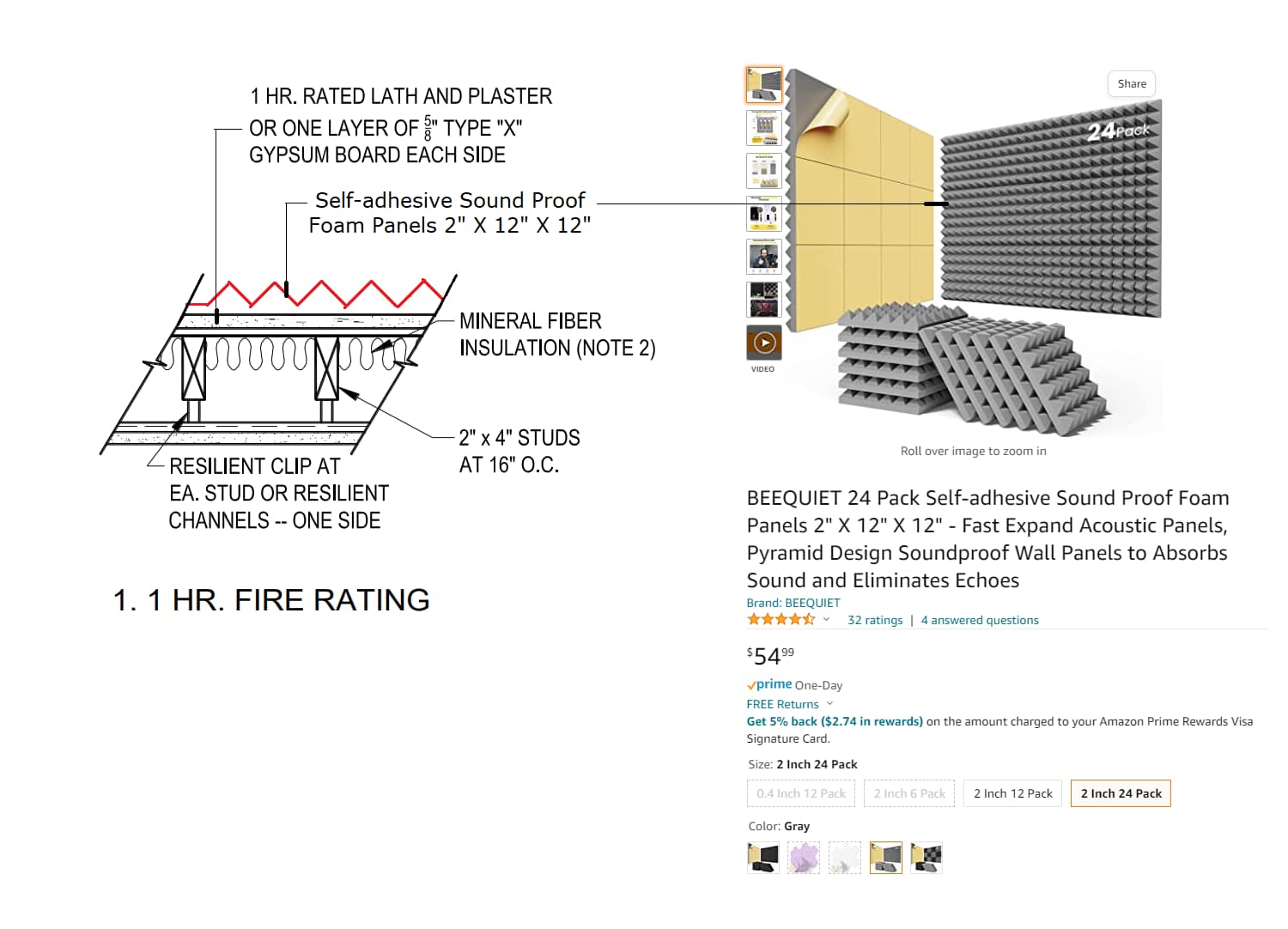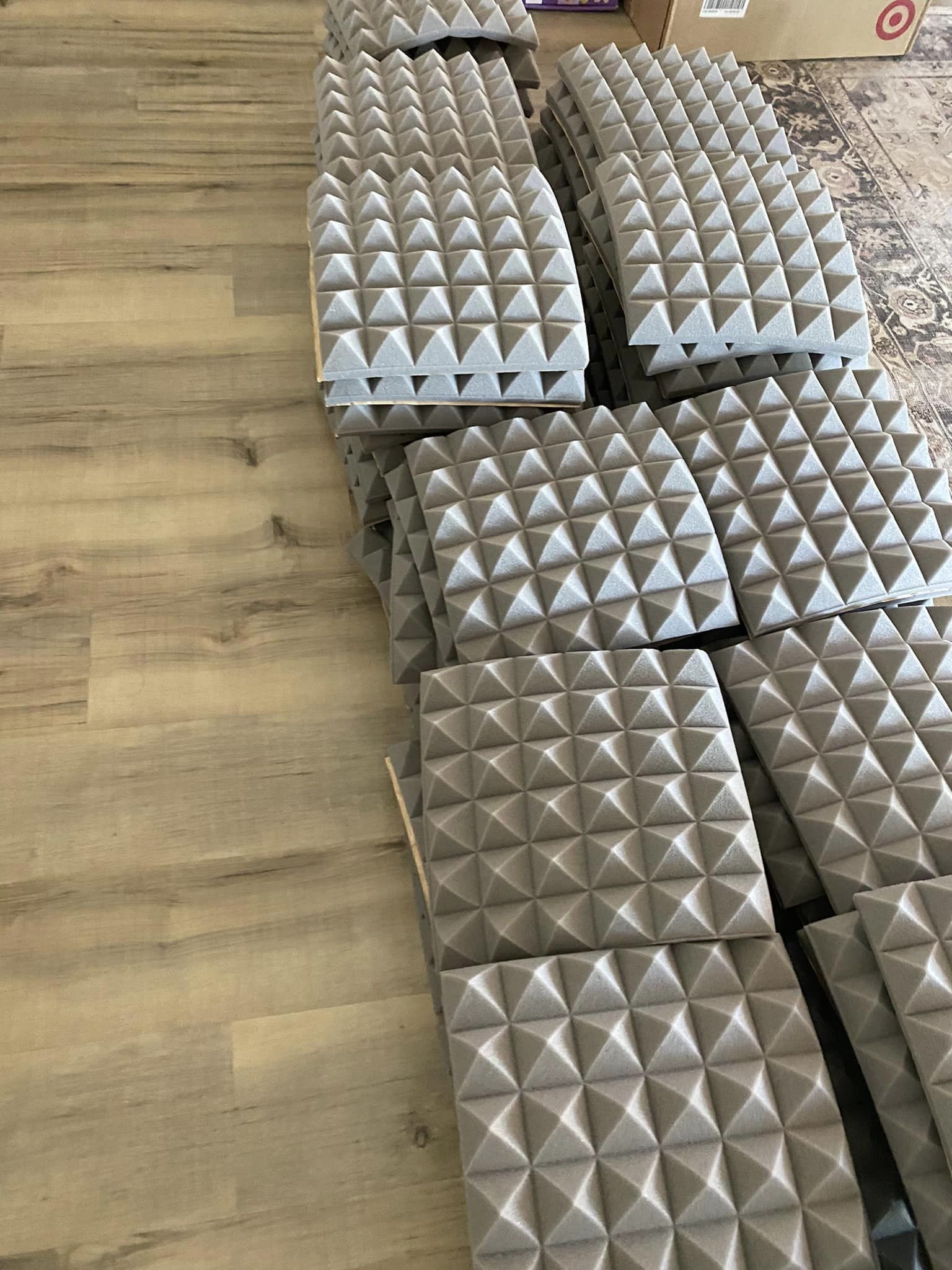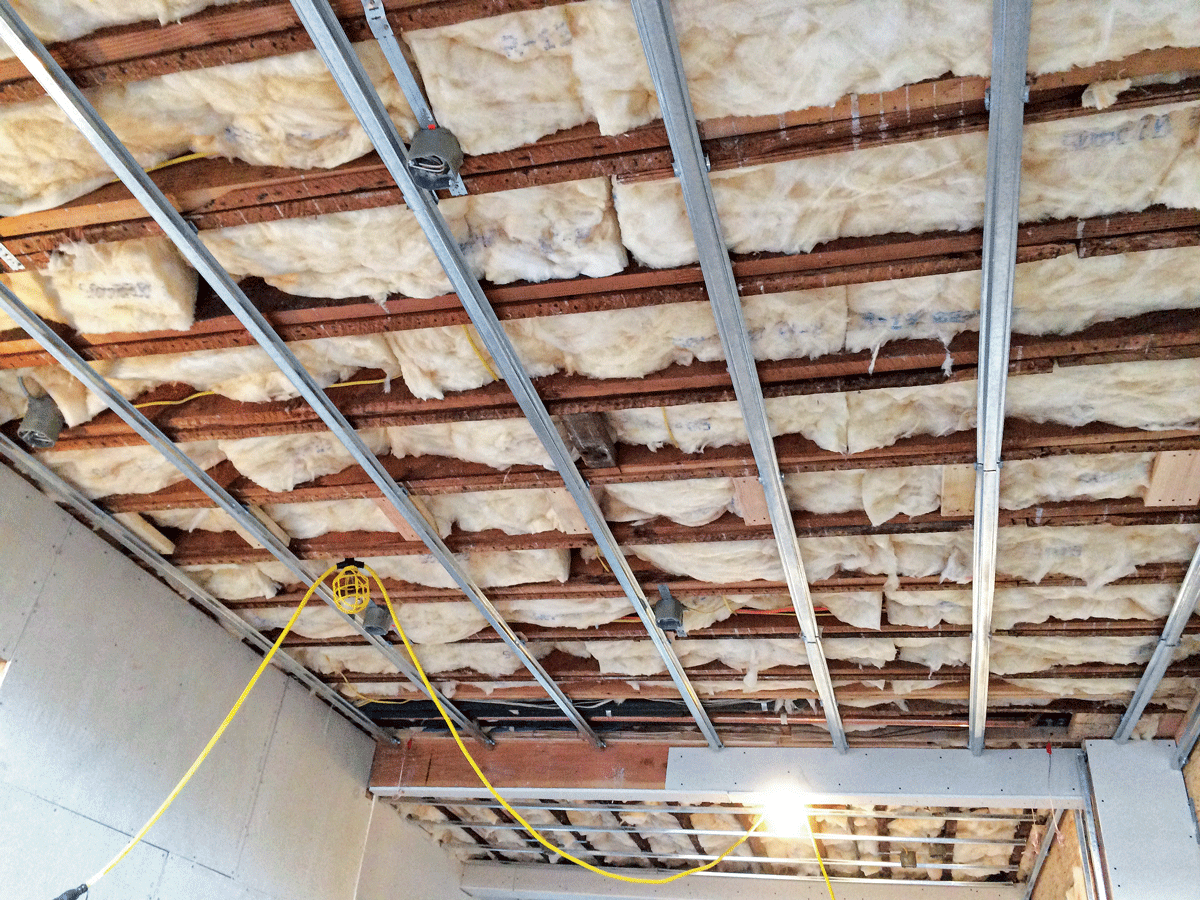soundproofing
STC

When living in an ADU apartment, soundproofing is a critical consideration, especially if you live in a noisy environment. Soundproofing helps to reduce the noise level and create a more peaceful living space. One of the most effective ways of soundproofing is by installing soundproofing materials on the walls. In this article, we will explore different types of soundproofing and the best materials to use when soundproofing a wood wall in an ADU
Mass-Loaded Vinyl (MLV): This is a flexible soundproofing material that is used to reduce noise transmission through walls. It is a dense and heavy material that blocks sound waves from passing through. Acoustic Foam Panels: These are lightweight foam panels that absorb sound waves. They are ideal for reducing echoes and reverberation in a room. Fiberglass Insulation: This is a common soundproofing material that is used in walls, floors, and ceilings. It is easy to install and has excellent sound-absorbing properties. Green Glue: This is a viscous liquid that is applied between two layers of drywall. It converts sound energy into heat energy, thus reducing noise transmission.

Bookshelves: Bookshelves are a great way to add mass to a wall, thus reducing noise transmission. They also create a barrier between the noise source and the rest of the room. Curtains: Thick curtains are an effective way to absorb sound waves and reduce noise transmission through a wood wall. Rugs: Rugs are an excellent way to reduce noise transmission through floors. They absorb sound waves and prevent them from bouncing off hard surfaces.

Remove the existing drywall: The first step is to remove the existing drywall from the wood wall. Install the soundproof channel: Once the drywall is removed, the soundproof channel is installed on the wood studs. The channel is attached to the studs using screws. Install insulation: After the soundproof channel is installed, insulation is added to the gaps between the studs. The insulation helps to further reduce noise transmission. Install the new drywall: Once the insulation is installed, a new layer of drywall is added. The drywall is attached to the soundproof channel using screws.

NRC Rating: NRC stands for Noise Reduction Coefficient. The NRC rating indicates how much sound the foam absorbs. The higher the NRC rating, the better the foam is at reducing noise transmission. Density: The density of the foam affects its sound-absorbing properties. A higher density foam is more effective at reducing noise transmission than a lower density foam. Thickness: The thickness of the foam also affects its sound-absorbing properties. A thicker foam is more effective at reducing noise transmission than a thinner foam.

Install a suspended ceiling: A suspended ceiling is a secondary ceiling that is hung below the existing ceiling. It creates a gap between the two ceilings, which can help to reduce noise transmission. Suspended ceilings can be made from materials like acoustic tiles or drywall. Add soundproof insulation: Adding soundproof insulation to the space between the two ceilings can also help to reduce noise transmission. Fiberglass batts or mineral wool insulation are effective materials for this purpose. Use resilient channels: Resilient channels are metal channels that are installed perpendicular to the ceiling joists. The channels create a gap between the drywall and the ceiling, which can help to reduce noise transmission. The drywall is then attached to the resilient channels instead of the ceiling joists. Install mass-loaded vinyl: Mass-loaded vinyl is a dense material that can be attached to the underside of the ceiling. It can help to reduce the amount of noise that passes through the ceiling. Mass-loaded vinyl can be used in combination with other soundproofing materials for added effectiveness. Seal air leaks: Air leaks in the ceiling can allow sound to travel through. Sealing air leaks with caulking or weatherstripping can help to reduce noise transmission.
newsletter
Our newsletter is the perfect way to stay informed and up-to-date on all the latest news, events, and special offers related to our sites. By subscribing to our newsletter, you will receive regular updates and exclusive content, such as insider tips, new site features, and upcoming events.
Our newsletter is designed to provide you with a personalized experience, tailored to your interests and preferences. You can expect to receive engaging and informative content that will help you make the most of your visit to our sites.
So what are you waiting for? Sign up for our newsletter today and stay connected with all the latest happenings at our sites!